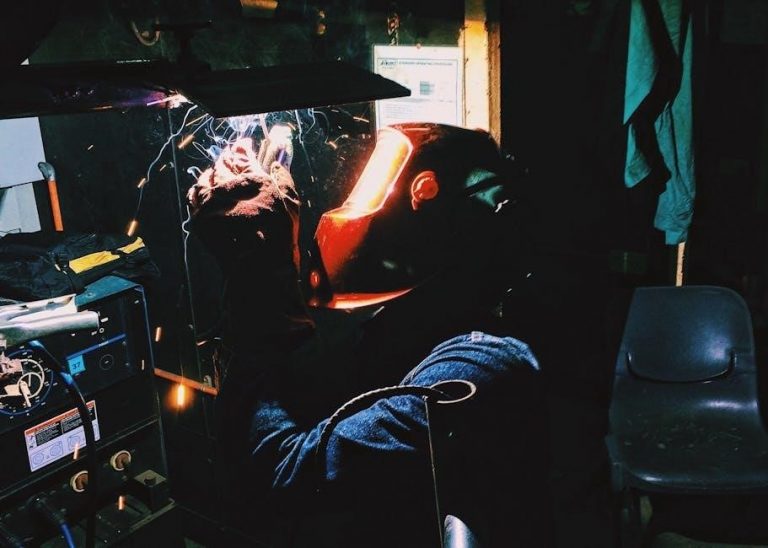Hot Tub Owners Manual: A Comprehensive Guide
Welcome! This manual is your key to safely enjoying your new hot tub. It contains important safety guidelines, operational instructions, and maintenance tips to maximize its lifespan.
Congratulations on your new hot tub! This addition to your home is designed to provide relaxation, therapeutic benefits, and a social gathering space for friends and family. Before you dive in, it’s essential to familiarize yourself with its features and operation.
Your hot tub is more than just a tub filled with hot water. It’s an engineered system incorporating pumps, heaters, filters, and controls, all working together to deliver a premium spa experience. Understanding how these components function will ensure optimal performance and longevity.
This section will guide you through the basic components of your hot tub, explaining their purpose and function. We’ll cover the jets, control panel, filtration system, and heating unit, providing a foundation for understanding the detailed instructions that follow in subsequent sections. Taking the time to learn about your hot tub will enhance your enjoyment and ensure its safe and efficient operation for years to come.
Understanding the Importance of the Owners Manual
This manual is your primary resource for operating and maintaining your hot tub safely and effectively. It’s not just a collection of technical specifications; it’s a comprehensive guide designed to help you get the most out of your investment while ensuring the safety of yourself and others.
Within these pages, you’ll find critical information regarding safety precautions, proper water chemistry, troubleshooting common issues, and understanding your warranty coverage. Neglecting to read and understand the manual can lead to improper operation, damage to the hot tub, and potentially hazardous situations.
Think of this manual as your personal hot tub expert, available to answer your questions and guide you through every aspect of ownership. From initial setup to routine maintenance, it’s your go-to resource for ensuring a long-lasting and enjoyable hot tub experience. Keep it readily accessible and refer to it often, especially when encountering new situations or performing maintenance tasks.
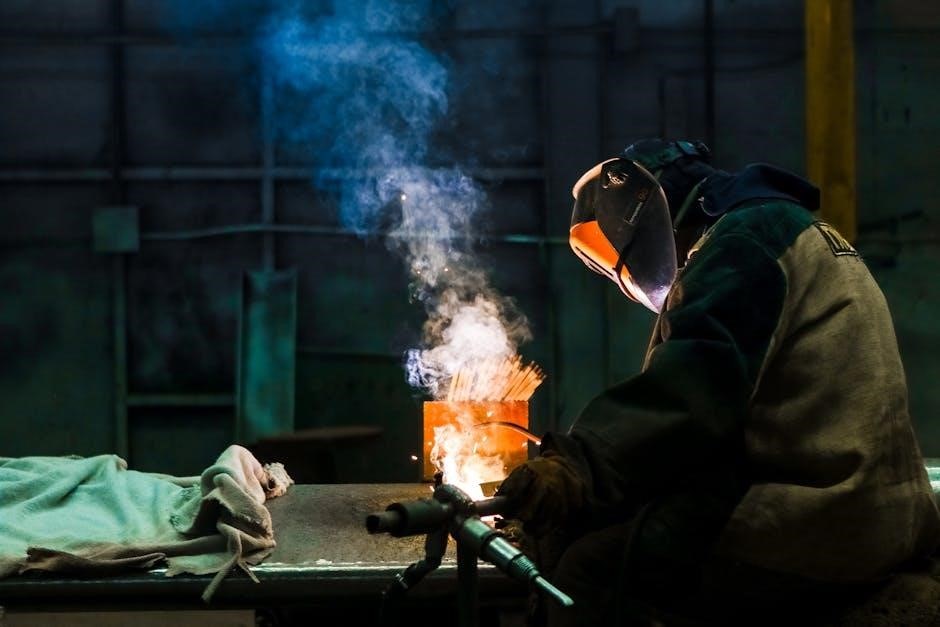
Safety Guidelines
Prioritize safety! This section outlines crucial precautions for safe hot tub use. Understanding and adhering to these guidelines minimizes risks and ensures a relaxing experience for everyone.
General Safety Precautions
Before enjoying your hot tub, carefully review these general safety precautions. Never allow unsupervised access, especially for children. Ensure the hot tub area is well-lit and free of obstacles. Always enter and exit slowly, using handrails if available, to prevent slips and falls. Maintain proper water levels to avoid pump damage.
Regularly inspect the hot tub cover for damage and ensure it’s properly secured when not in use. Avoid using electrical appliances near the hot tub. Do not use glass containers in or around the hot tub. Limit soak time to avoid overheating. Never use the hot tub under the influence of alcohol or drugs. Consult a physician if you have any health concerns. Keep emergency contact information readily available. By following these precautions, you’ll create a safer and more enjoyable hot tub experience. Remember, safety is paramount for you and your loved ones.
Specific Health Considerations
Certain individuals should exercise extra caution when using a hot tub. Pregnant women should consult their doctor before use, as elevated body temperatures can pose risks. Individuals with heart conditions, high blood pressure, or diabetes should also seek medical advice. Avoid using the hot tub if you have an open wound or infection.
Limit soak time, especially if you have pre-existing health issues. Stay hydrated by drinking plenty of water before, during, and after use. Be aware of potential interactions between hot tub use and medications. If you experience dizziness, nausea, or discomfort, exit the hot tub immediately. Individuals with sensitivities to chemicals should monitor water quality closely. Always prioritize your health and well-being. If any concerns arise, discontinue use and consult a healthcare professional. Remember, responsible hot tub use ensures a safe and healthy experience for everyone.
Emergency Procedures
In case of an emergency, knowing the proper procedures is crucial. Immediately turn off the hot tub’s power supply at the breaker. Have a first-aid kit readily available near the hot tub area. Learn basic CPR and keep emergency contact information accessible. If someone is experiencing heatstroke (symptoms include dizziness, confusion, and rapid pulse), remove them from the hot tub, cool them down with water, and seek immediate medical attention.
For electrical shocks, do not touch the person while they are in the water; turn off the power first. Contact emergency services (911 or your local equivalent) immediately for any serious medical issue. Ensure everyone using the hot tub is aware of these emergency procedures. Regularly inspect the hot tub and its surroundings for potential hazards. A swift and informed response can make all the difference in an emergency situation. Prioritize safety and preparedness at all times.

Hot Tub Operation
Understanding your hot tub’s operation ensures safe and enjoyable use. This section covers initial setup, control panel functions, temperature adjustments, and jet controls, enabling you to maximize your hot tub experience.
Initial Setup and Filling
Before enjoying your hot tub, proper setup and filling are essential. First, position the hot tub on a level, supportive surface according to manufacturer’s instructions. Ensure adequate clearance for access and maintenance. Verify all plumbing connections are secure to prevent leaks.
Next, connect the hot tub to a dedicated, properly grounded electrical circuit, adhering to local codes and regulations. Never use extension cords. Once electrical connections are confirmed, begin filling the hot tub with clean water using a garden hose. Place the hose end inside the filter compartment to prevent air locks.
Fill the hot tub to the recommended water level, typically indicated by a waterline mark or specified in your owner’s manual. Avoid overfilling, as water displacement occurs when occupants enter. After filling, inspect for any leaks around fittings, jets, and the shell. Address any leaks promptly.
Finally, before powering on the hot tub, prime the pump by following the manufacturer’s instructions. This eliminates air from the plumbing lines, ensuring proper circulation and heating. Now, you’re ready to proceed with programming and heating the water.
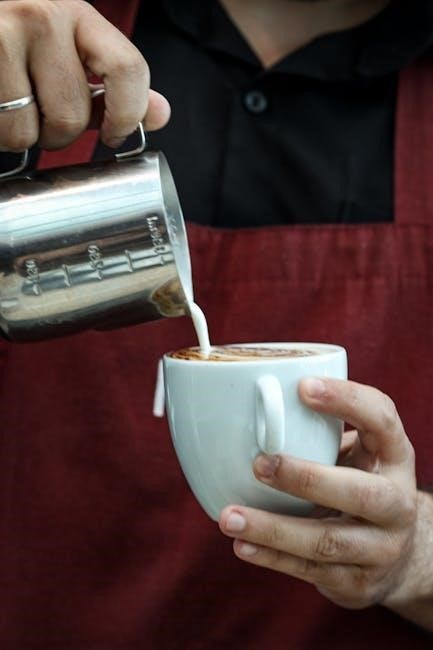
Understanding the Control Panel
Familiarizing yourself with the control panel is crucial for operating your hot tub effectively. The control panel is the central interface for managing various functions, including temperature, jets, lighting, and filtration. Typically, it features a digital display and buttons or touch-sensitive controls.
The display shows the current water temperature, set temperature, and operational status. Buttons allow you to adjust the temperature up or down, activate jets at different speeds, turn lights on or off, and initiate filtration cycles. Some panels include menu options for advanced settings like economy mode, filter duration, and diagnostic information.
Icons or labels clearly identify each button’s function. Take time to study these and understand their corresponding actions. Some control panels have a locking feature to prevent unauthorized access or accidental changes. Consult your manual for specific locking/unlocking procedures.
Modern hot tubs often have smart features accessible through the control panel or a mobile app. These may include remote control, energy monitoring, and maintenance alerts. Understanding these features will enhance your hot tub experience and optimize its performance.
Heating and Temperature Control
Maintaining the ideal water temperature is essential for enjoying your hot tub. Most hot tubs utilize an electric heater to warm the water to your desired level. The control panel allows precise temperature adjustments, typically within a range of 80°F to 104°F (26.7°C to 40°C).
To set the temperature, use the up and down buttons on the control panel. The display will show the current set temperature. Allow several hours for the water to reach the new setting. Factors like ambient temperature and hot tub cover can affect heating time.
Energy-saving modes can help reduce electricity consumption. These modes often lower the set temperature during periods of inactivity. Proper insulation and a well-fitting cover are crucial for retaining heat and minimizing energy loss.
Regularly monitor the water temperature to ensure it remains within your comfort zone. Avoid setting the temperature too high, as it can pose health risks. Always consult your hot tub’s manual for specific heating and temperature control instructions.
Jet Operation and Control
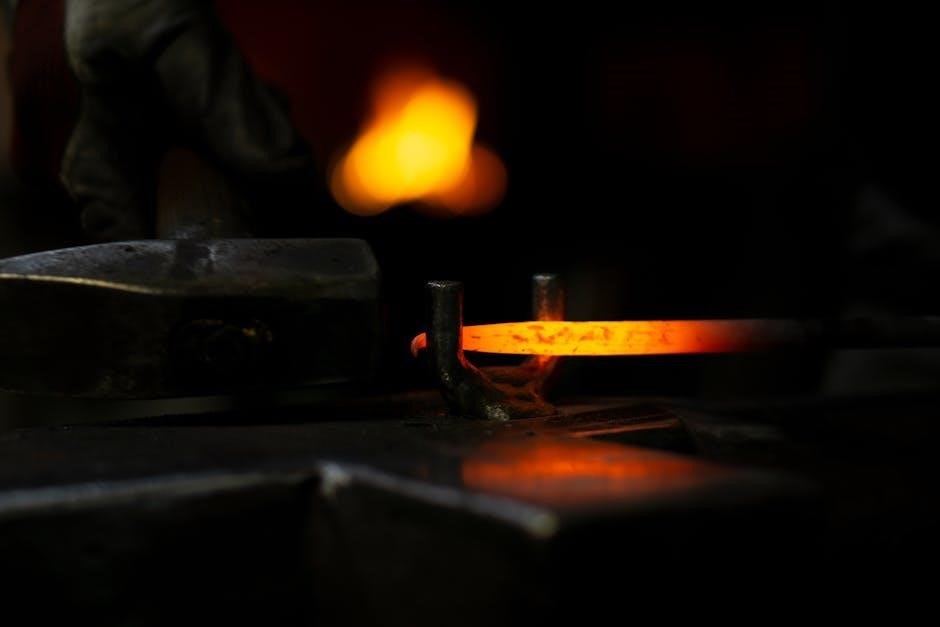
Hot tub jets provide a massaging action, enhancing relaxation and therapeutic benefits. Understanding how to operate and control them is key to customizing your spa experience. Most hot tubs feature various jet types, each offering a unique massage style.
The control panel typically includes buttons or dials to activate and adjust the jets. Some models offer individual jet control, allowing you to target specific areas of your body. Others have zone controls, enabling you to activate groups of jets.
Air controls regulate the amount of air mixed with the water, influencing the jet’s intensity. Adding air increases the jet’s power, while reducing air creates a gentler massage. Experiment with different air control settings to find your preferred level of intensity.
Certain hot tubs feature adjustable jet nozzles. Rotate the nozzle to direct the water flow and customize the massage to your liking. Proper jet maintenance, including cleaning debris, ensures optimal performance. Consult your owner’s manual for specific jet operation and control instructions.
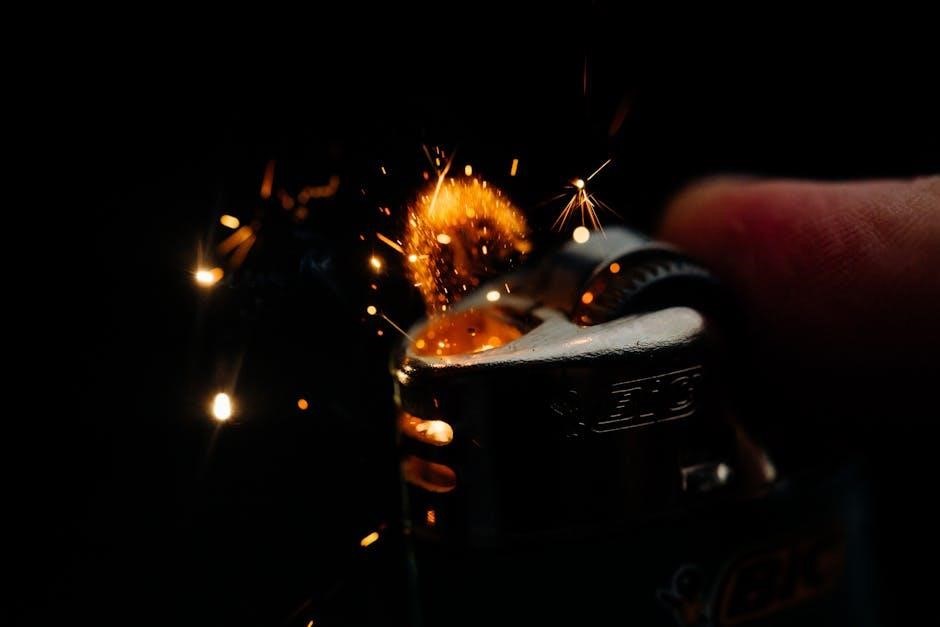
Maintenance and Care
Regular maintenance ensures longevity and optimal performance. Proper water chemistry, filter cleaning, and shell care are essential. Following these guidelines will keep your hot tub clean and enjoyable.
Water Chemistry and Balancing
Maintaining balanced water chemistry is crucial for a safe and enjoyable hot tub experience. Imbalances can lead to skin irritation, cloudy water, and damage to the hot tub components. Regularly testing your water is the first step. Use a reliable test kit or test strips to measure pH, alkalinity, calcium hardness, and sanitizer levels.
pH should be maintained between 7.2 and 7.8 for optimal comfort and sanitizer effectiveness. Alkalinity acts as a pH buffer, preventing drastic swings. Aim for an alkalinity level between 80 and 120 ppm. Calcium hardness should be between 175 and 275 ppm to prevent corrosion or scaling.
Sanitizers like chlorine or bromine kill bacteria and algae. Maintain a chlorine level of 1-3 ppm or a bromine level of 3-5 ppm. Shocking your hot tub weekly or after heavy use helps eliminate contaminants and maintain water clarity. Always follow the chemical manufacturer’s instructions carefully. Improper use can be harmful.
Filter Cleaning and Replacement
Your hot tub’s filter is essential for removing debris and keeping the water clean. Regular cleaning and replacement are vital for optimal performance. A dirty filter restricts water flow, reduces jet power, and can strain the pump.
Cleaning your filter should be done every 4-6 weeks, depending on usage. To clean, remove the filter and rinse it thoroughly with a garden hose, using a filter cleaning nozzle to remove debris trapped between the pleats. For a deeper clean, soak the filter in a filter cleaning solution following the manufacturer’s instructions.
Replace your filter every 12-18 months, or sooner if it shows signs of damage or is difficult to clean. A new filter ensures proper filtration and extends the life of your hot tub’s components. Always use the correct filter type recommended by the manufacturer. Proper filter maintenance is key to clean and healthy hot tub water.
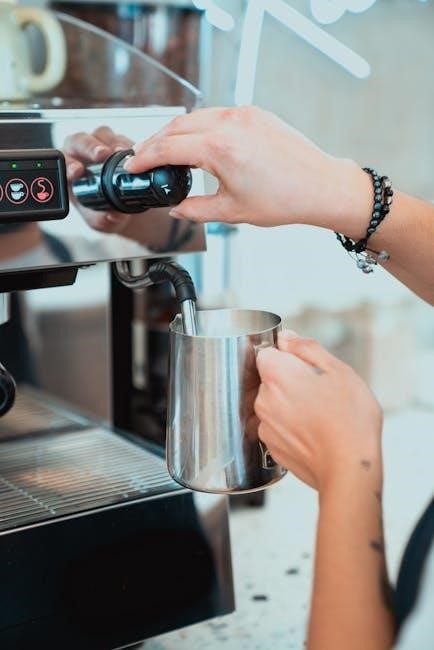
Draining and Refilling the Hot Tub
Regular draining and refilling of your hot tub are crucial for maintaining water quality and preventing the buildup of chemicals and contaminants. It is generally recommended to drain and refill your hot tub every 3-4 months, depending on usage and water chemistry.
Before draining, turn off the power to the hot tub to prevent damage to the heater and pump. Locate the drain valve, usually at the bottom of the tub, and attach a garden hose to direct the water away from your property. Once drained, clean the interior surfaces of the hot tub with a mild detergent and rinse thoroughly.
When refilling, use a hose filter to remove minerals and impurities from the water. Fill the hot tub to the recommended level and balance the water chemistry according to the instructions in this manual. Remember to allow enough time for the water to heat up before use.
Shell Cleaning and Care
Maintaining the hot tub shell’s cleanliness is essential for both aesthetics and longevity. Regular cleaning prevents buildup of grime, oils, and mineral deposits that can damage the surface over time.
After draining the hot tub, use a soft cloth or sponge and a mild, non-abrasive cleaner specifically designed for acrylic or fiberglass surfaces. Avoid using harsh chemicals, solvents, or abrasive scrubbers, as these can scratch or dull the shell. Rinse thoroughly with clean water to remove any cleaner residue.
For routine maintenance, wipe down the shell with a soft cloth after each use to remove water spots and prevent buildup. Consider using a hot tub cover protectant to shield the shell from UV damage and fading. Inspect the shell regularly for cracks or damage, and address any issues promptly to prevent further deterioration. A well-maintained shell extends the life of your hot tub.

Troubleshooting
This section offers solutions to common hot tub issues. Identifying problems early can prevent costly repairs. Consult this guide before contacting a service technician for assistance.
Common Issues and Solutions
Encountering problems with your hot tub can be frustrating, but many issues have simple solutions. Cloudy water is a common concern, often caused by poor water chemistry. Check and adjust pH and sanitizer levels using a test kit. If the water remains cloudy, consider using a clarifier.
No heat? Verify the heater is on and the thermostat is properly set. Check the circuit breaker to ensure power is being supplied to the hot tub. Inspect the filter; a dirty filter restricts water flow, impacting heating efficiency.
Weak jets can indicate a clogged filter or low water level. Clean the filter and ensure the water level is above the jets. If problems persist, check for obstructions in the jet nozzles.
Error messages on the control panel usually indicate specific issues. Refer to the error code section in this manual for troubleshooting steps. Always disconnect power before attempting any repairs. If unsure, contact a qualified technician. Regular maintenance prevents many of these common problems.
Pump Problems
The hot tub pump is crucial for water circulation and jet operation. A malfunctioning pump can significantly impact your hot tub experience. If the pump is not running, first check the circuit breaker. Reset it if tripped. Ensure the hot tub is properly filled with water, as low water levels can prevent the pump from priming.
If the pump is running but not circulating water effectively, the filter may be clogged. Clean or replace the filter. Air locks can also hinder pump performance. Try loosening the pump union to release trapped air. Listen for unusual noises, such as grinding or squealing, which may indicate bearing failure.
Overheating is another potential pump problem. Ensure the pump is properly ventilated and not obstructed. If the pump continues to overheat, it may need professional repair or replacement. Regularly inspect the pump for leaks and address them promptly to prevent further damage. Always disconnect power before inspecting or servicing the pump.

Heater Malfunctions
A properly functioning heater is essential for enjoying your hot tub. If your hot tub isn’t heating, first verify that the thermostat is set to the desired temperature. Check the circuit breaker to ensure it hasn’t tripped. A common issue is a faulty heating element. This can be tested with a multimeter to check for continuity.
Mineral buildup on the heating element can also reduce its efficiency or cause it to fail. Regularly inspect and clean the element to prevent this. A dirty filter can restrict water flow, causing the heater to overheat and shut down. Clean or replace the filter as needed.
Another potential cause is a malfunctioning high-limit switch, which is designed to prevent overheating. If this switch trips frequently, it may indicate a problem with the heater or water flow. Inspect the flow sensor to ensure it’s functioning correctly, as it signals the heater to activate. If problems persist, consult a qualified technician.

Warranty Information
Your hot tub comes with a warranty. Please read the warranty details carefully to understand the coverage, limitations, and procedures for making a claim. Register your warranty promptly!
Understanding Warranty Coverage
Navigating your hot tub’s warranty is crucial for protecting your investment. The warranty document outlines specifically what components and issues are covered, as well as the duration of coverage. Pay close attention to exclusions, which are conditions or damages not covered by the warranty, such as damage from improper chemical use or freezing.
The warranty may include separate coverage periods for different parts, like the shell, plumbing, or equipment. Understand the process for filing a warranty claim, including required documentation like purchase receipts and photos.
Regular maintenance, as outlined in your owner’s manual, is often a requirement for maintaining warranty validity. Failure to adhere to maintenance schedules could void your warranty. Keep detailed records of all maintenance performed.
Contact your hot tub dealer or the manufacturer directly with any warranty-related questions.
